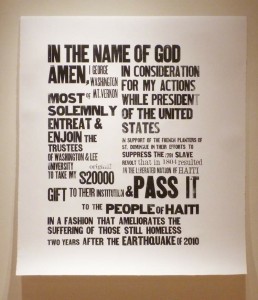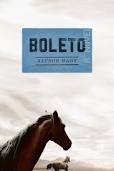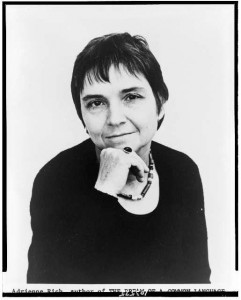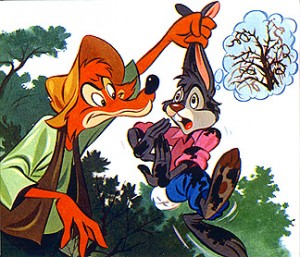A couple of years ago I ambled into a field on the property of the Virginia Center for the Creative Arts and sat down on a bench incorporated into the shelter of a tall stacked- slat structure with elegant lines and a satisfying prospect of woods and meadow. The summer sun encouraged me to lie down for a spell, and soon I had dozed off.
I didn’t realize that I was, as I appreciated the shape and then availed myself of the shelter, in tune with the builder’s intentions – merging an aesthetic experience with a practical one. The construction was a product of the imagination of Craig Pleasants, and Tuesday evening I had the opportunity to see slides of more of his artful vernacular habitats and to hear him speak about the political and soulful nature of what he calls an “aesthetics of necessity.”
A veteran of the post-modern reassessment of what constitutes art, Pleasants has designed and built many site-specific pieces and engaged in performance art, as well as traditional genres. Many of these – from rookeries to a re-telling of the “Three Pigs” tale from folklore, can be found at his website: http://www.craigpleasants.com
For two reasons I recommend Craig Pleasants’ new art, even for those who are unable to visit his current exhibition, “Volume,” in the Staniar Gallery at Washington and Lee. First, his art, which my vocabulary doesn’t do justice to, is arresting, provocative, surprising and beautiful, and a two-dimensional acquaintance with them is inadequate. The gallery exhibit concentrates on a free-standing tent constructed of red shirts of many sizes and styles, all sewn together. Ancillary to this centerpiece are ink and watercolor drawings and sketches related to the tent. To walk through the show is to re-open questions of dwelling, home and sanctuary.
The second aspect of the show, demonstrative of Pleasants’ activism, is a statement we’re to imagine is being sent from George Washington, whose own sympathies exhibit more than one dimension. On the one hand, Washington donated canal stock worth $20,000 to the struggling Liberty Hall Academy, which later became Washington College, then WLU. On the other, Washington while president sympathized with Haitian slave-owners whose chattel were rebelling against them in 1791. Pleasants has produced a document which channels Washington (in fact borrowing from his prose style and habits) suggesting that Washington and Lee donate $20,000 for housing materials to the current generation of Haitians left homeless by recent earthquake and storm. Such a donation would be, the artist says, an act of atonement for “an act that seemed to me to sully his otherwise stellar reputation.”
Although I admire Washington, recent scholarship has already demythologized him, made us see him as a man with virtues and shortcomings, but Pleasants’ humanitarian impulse and the art arising from it serves to remind us of the complexity of our culture and of our own often unconscious engagement with questions of what is shelter, what habitat, sanctuary, home, that “aesthetics of necessity” that permeates this artist’s work and reminds us that “art for art’s sake” has probably never been a very meaningful phrase unless it’s accompanied by a sense of “art for heart’s sake” and “art for mind’s sake,” both of which are in play with Pleasants’ creations.









